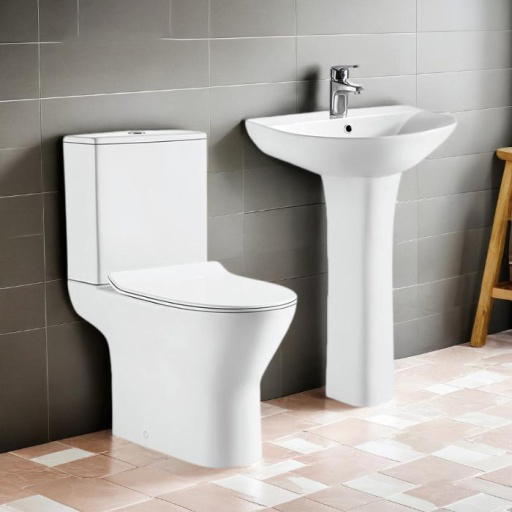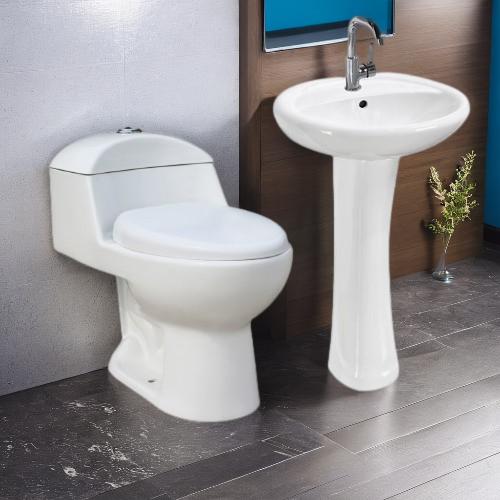Toilet flushing differs significantly in different countries, influenced by cultural practices, technological advancements, and environmental considerations. Here’s an overview of how toilet flushing varies across different regions:
1. Western Countries
a. Standard Flushing Systems
- Gravity Flush Toilets: Most Western countries, including the United States, Europe, and Australia, use standard gravity-fed toilets. These toilets rely on the weight of water in the tank to create a flush that pushes waste through the pipes.
b. Water Efficiency
- Many Western countries have implemented water-saving regulations and encourage the use of low-flow toilets. These toilets use less water per flush, typically 1.28 gallons (4.8 liters) or less, compared to older models that used up to 3.5 gallons (13.2 liters) per flush.
2. Asian Countries
a. Traditional Practices
- In some Asian countries, traditional toilet practices involve manual cleaning methods, such as using water or buckets after defecation. This is common in rural areas and some urban slums.
b. Modern Toilets
- As Asia undergoes rapid urbanization and economic growth, modern toilets with standard flushing systems have become increasingly common. However, some countries, like Japan, have developed advanced toilet technology, including heated seats, bidets, and automated flushing systems.
3. Developing Countries
a. Limited Infrastructure
- In developing countries, access to modern toilets and flushing systems is often limited. Many people rely on pit latrines, bucket toilets, or open defecation due to a lack of infrastructure and resources.
b. Community-Led Initiatives
- To address these challenges, organizations and governments are implementing community-led sanitation programs that promote the construction and use of improved toilets, including those with flushing systems.
South America one piece toilet set
4. Unique Cultural Practices
a. Water Washing
- In countries like India and some parts of Southeast Asia, it is common to use water for personal hygiene after defecation. While modern toilets with flushing systems are prevalent, many people also use handheld showers or taps next to the toilet for this purpose.
b. Non-Paper Cleaning Methods
- In some cultures, non-paper cleaning methods are preferred, such as using water, leaves, or sand. These practices can impact the design and use of toilets, as they may require additional features or considerations.
5. Environmental Considerations
a. Water Conservation
- As global water scarcity becomes a pressing issue, many countries are focusing on developing toilet systems that minimize water usage. This includes the use of dual-flush toilets, which offer a choice between a full flush and a half-flush for solid and liquid waste, respectively.
b. Wastewater Treatment
- The disposal and treatment of wastewater from toilets is an important environmental consideration. Many countries have implemented sewage systems and wastewater treatment plants to ensure that waste is safely disposed of and does not contaminate water sources.
In conclusion, toilet flushing differs significantly in different countries due to a variety of factors, including cultural practices, technological advancements, and environmental considerations. While modern toilets with standard flushing systems are prevalent in many regions, unique practices and challenges persist in others.



